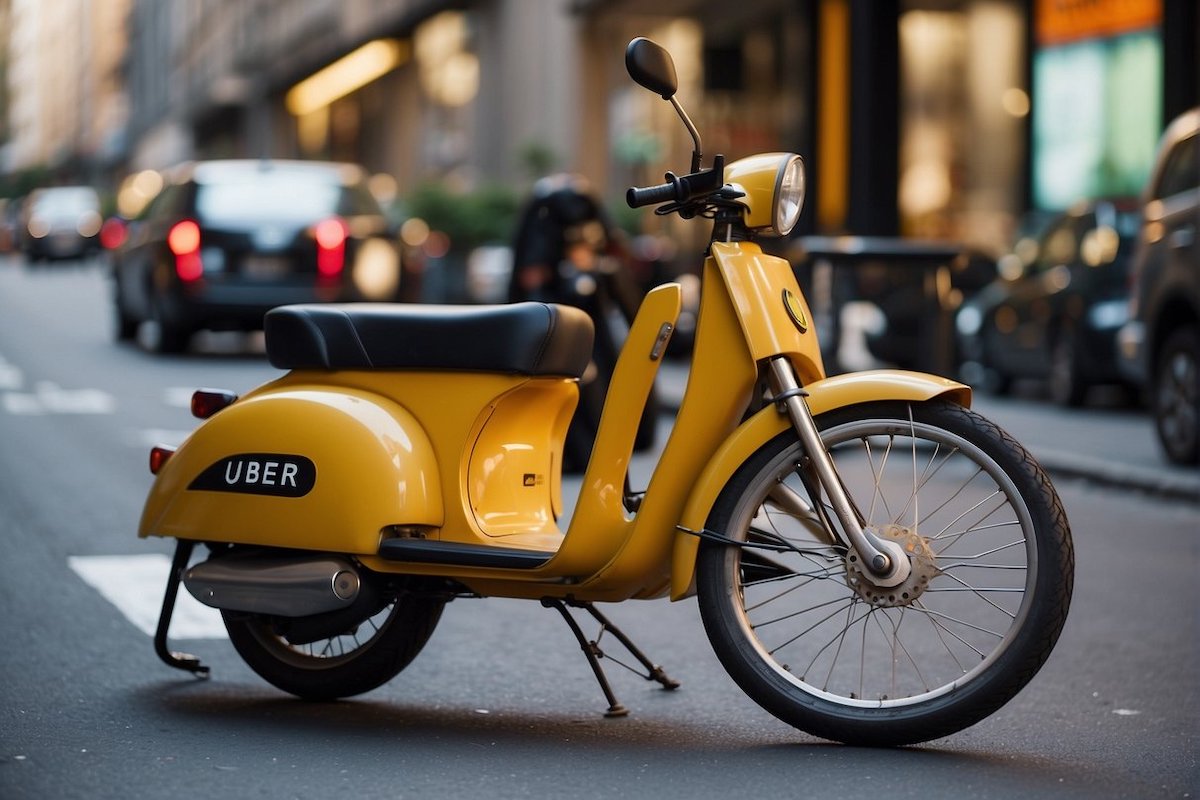In today’s fast-paced world, many people need to get from point A to point B efficiently and comfortably and looking for Uber alternatives is a must.
While Uber may have revolutionized the ridesharing landscape, there are numerous alternatives that provide excellent service, competitive pricing, and unique features.
Exploring these Uber competitors can offer you benefits such as reduced costs, better availability in certain regions, and services that align with your personal values, such as a lower carbon footprint.
Lyft, for example, has made a name for itself across many U.S. cities, while international travelers might be more familiar with options like Ola Cabs in India or Grab in Southeast Asia.
Each service comes with its own set of advantages.
Companies like Bolt and Curb are lauded for affordability and convenience, while others like Wingz and Arro build their reputations on scheduled rides and premium services.
As you navigate the plethora of rideshare options, you’ll find that choosing the right one for your journey can make all the difference in your travel experience.
Forms of Uber Alternatives
When you’re seeking alternatives to Uber, you’ll find an array of options that cater to different needs and preferences.
1. Lyft: Price-Savvy Options
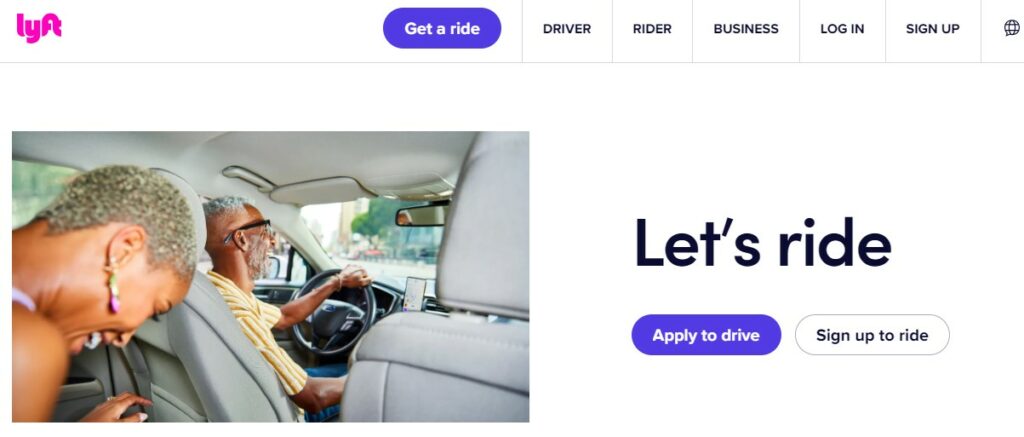
If saving money is your priority, consider using rideshare apps like Lyft or Bolt.
They offer competitive pricing and sometimes have promotions that can make your ride even cheaper.
2. Ziro: Eco-Friendly Rides
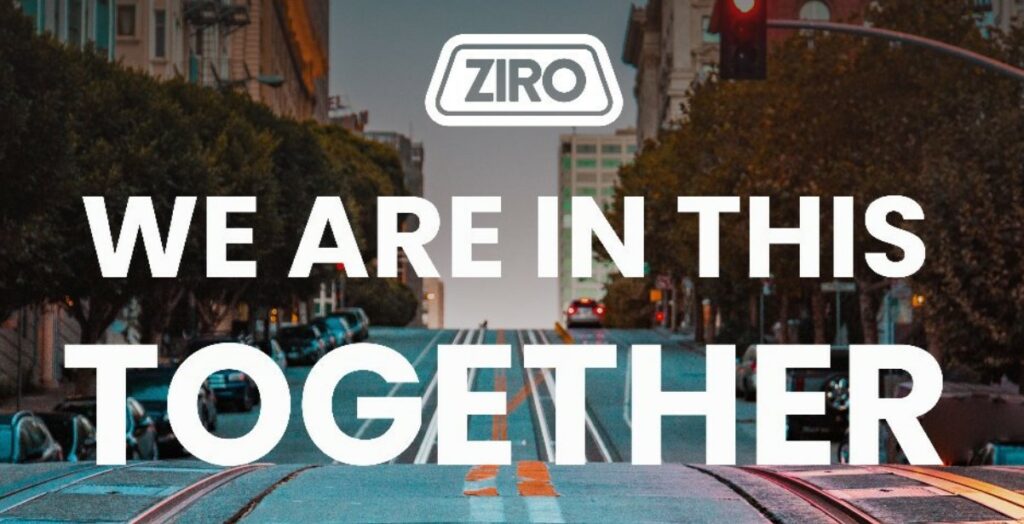
Want to lessen your carbon footprint?
Look for services like Ziro that use electric or hybrid vehicles.
3. Tesluxe: Luxury Services
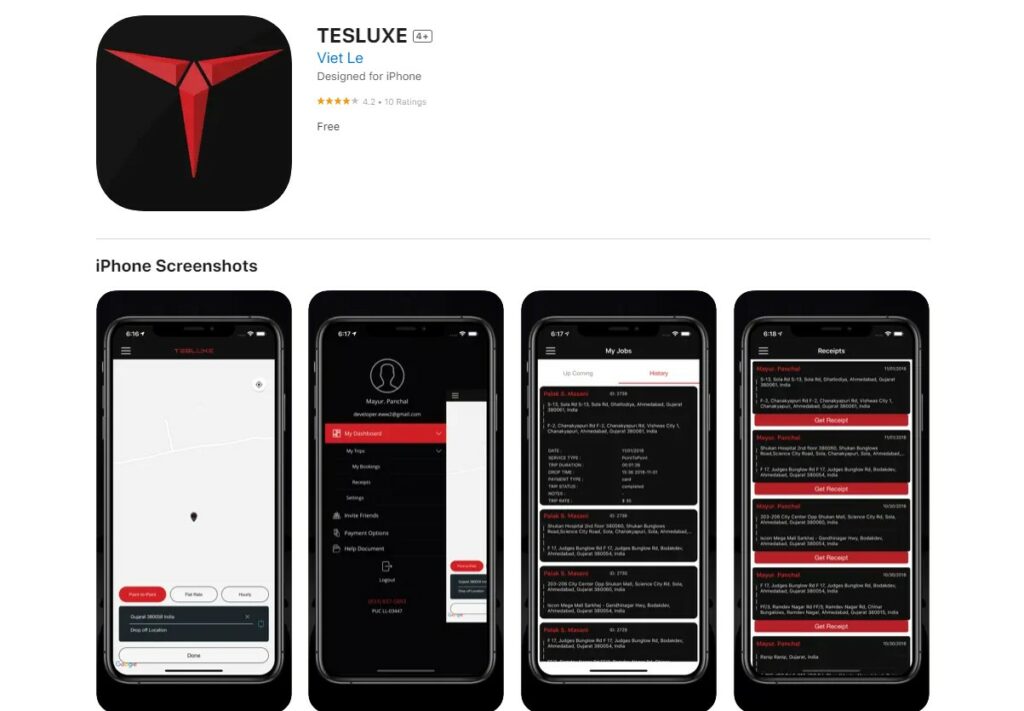
For those occasions when you want to travel in style, premium services like Tesluxe provide high-end vehicles.
4. Grab: Regional Specialists

Some rideshare apps cater specifically to certain regions, giving you a localized experience.
In Southeast Asia, for example, you can use Grab, while Ola Cabs is popular in India, and DiDi is the go-to in China.
5. Gojek: Multi-Service Platforms

Apps like Gojek not only provide ride-hailing services but also offer food delivery and digital payment services.
Originating in Jakarta, Indonesia, this is more than just a ride-hailing app, providing a suite of services including courier deliveries.
Here’s a simple breakdown for quick reference:
| Service Type | Examples |
|---|---|
| Budget-friendly | Lyft, Bolt |
| Eco-conscious | Ziro |
| High-end travel | Tesluxe |
| Local favorites | Grab, Ola Cabs, DiDi |
| Versatile use | Gojek |
Local Ride-Hailing Services
In exploring local ride-hailing services, you’ll come across both well-established regional leaders and exciting emerging startups that are vying for your attention.
These services can offer unique benefits tailored to local needs and preferences.
Regional Leaders
Regional leaders in ride-hailing services often dominate their specific area due to a deep understanding of local cultures and commute patterns.
For instance:
6. The Drivers Cooperative
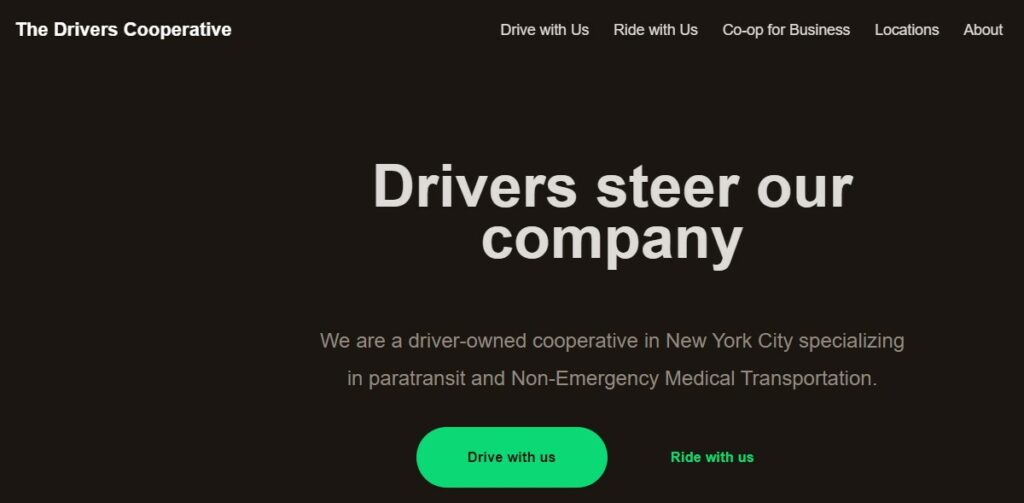
A noteworthy mention in New York City, this is a driver-owned rideshare service where drivers keep the profits.
You should check which services have the strongest presence and best reviews in your region.
Emerging Startups
Emerging startups may introduce innovative features or pricing models that differentiate them from the heavyweights like Uber and Lyft.
Examples to look out for include:
- New ride-hailing apps: Keep an eye out for startups that offer lower prices or unique services such as environment-friendly rides or those focusing on safety features for women.
- Local innovations: Occasionally, new players will emerge to address specific local challenges or gaps in the market, offering specialized services that resonate with the community’s needs.
Staying updated on local news and tech blogs can help you discover these up-and-coming services early.
Public Transportation
Exploring public transportation options is an effective way to navigate a city while also cutting down on costs and environmental impact compared to ride-hailing services.
Bus and Metro Networks
Your local bus and metro systems offer extensive coverage at a lower price point.
Buses typically provide widespread service and can take you to numerous destinations within your city, often operating on major streets and key points of interest.
Fare: Generally, bus fares are economical, with options for single rides or multi-use passes.
Frequency: Service frequency can vary, with peak hours offering more buses on popular routes.
Metro systems (also known as subways or undergrounds) facilitate efficient travel over longer distances without the concern of traffic congestion.
- Speed: Metros are usually faster than buses due to dedicated tracks.
- Routes: They often connect key urban areas, making them suitable for commuting.
Trains and Trams
Trains are ideal for longer distances between cities or across extensive urban areas, with varied pricing based on distance and service level (e.g., regular vs express).
Comfort: Train carriages typically offer more space and the ability to walk around.
Scheduling: They often run on a set schedule, which is handy for planning your travel in advance.
Trams provide a charming way to move around parts of the city, especially where metro coverage may be limited.
Scenic Routes: Trams sometimes offer scenic views of the city.
Accessibility: They tend to have stops that are conveniently located near tourist spots and residential areas.
Car Sharing Options
When you’re considering an alternative to traditional rideshare apps, you have two distinct car sharing avenues: Peer-to-Peer platforms, where you borrow cars from individual owners, and Dedicated Car Sharing Services that offer a fleet of cars for short-term use.
Peer-to-Peer Platforms
Peer-to-Peer car sharing allows you to access privately-owned vehicles in a way that’s economically beneficial for both you and the car owner.
You typically pay per hour or day to use someone else’s car.
7. Turo

Turo and Getaround are two popular examples; they offer a range of vehicles from economy cars to luxury SUVs.
Dedicated Car Sharing Services
Dedicated Car Sharing Services, on the other hand, are professional services offering their own fleet.
You can often find cars parked in designated spots around the city.
These services usually charge a membership fee, plus rental rates.
8. Zipcar
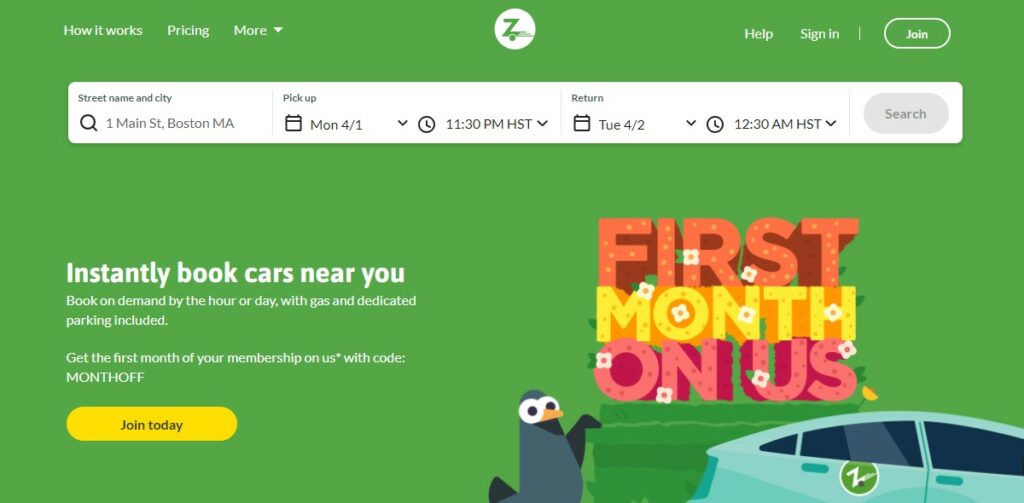
Zipcar is an example of such a service, where you might pay an annual fee and then a per-hour or per-day rate, with gas and insurance included.
They provide the convenience of car ownership without the long-term financial commitment.
Bike and Scooter Sharing
Exploring the urban landscape has gotten easier and more fun with bike and scooter sharing services.
You have the flexibility to pick up a bike or scooter at one location and drop it off at another, making short trips both convenient and affordable.
Docked Systems
9. Bixi
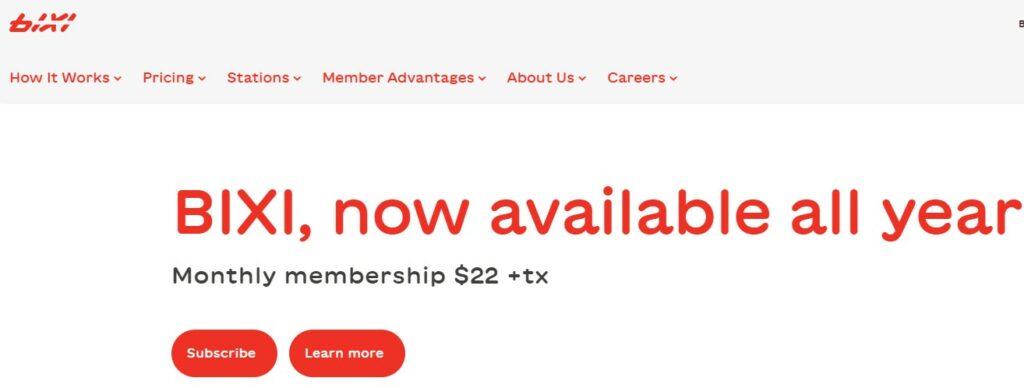
Docked bike-sharing systems, like Bixi in Montreal, Canada, offer a network of stations where you pick up and return bicycles.
These systems usually require you to check out the bike from a docking station and return it to another docking station when you’re done.
10. BCycle
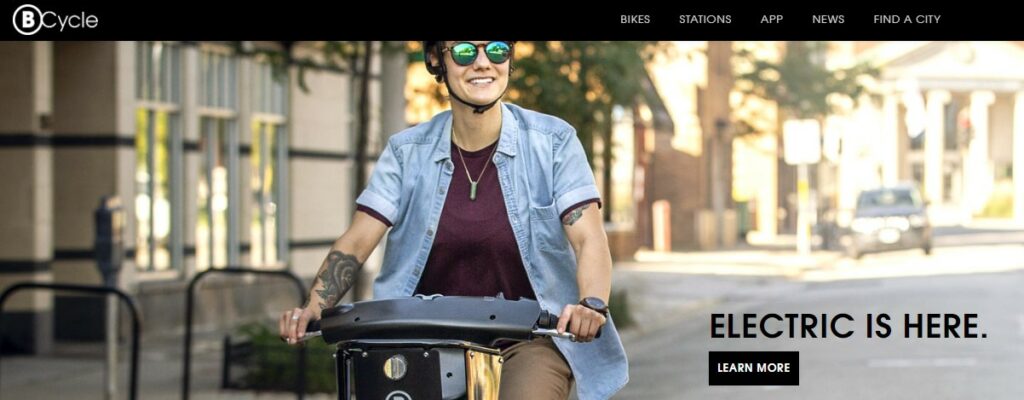
BCycle is another example, operating in over 35 U.S. cities, offering free rides for the first 30 minutes, followed by a fee ranging from $3 to $5 for every additional half-hour.
Pros:
- Bikes are often well-maintained
- Easily find a bike at designated stations
Cons:
- Limited by the location of docking stations
Dockless Services
Dockless services provide greater flexibility since you can find and leave a bike or scooter almost anywhere.
This model uses an app to locate, unlock, and pay for your transport.
11. Bolt
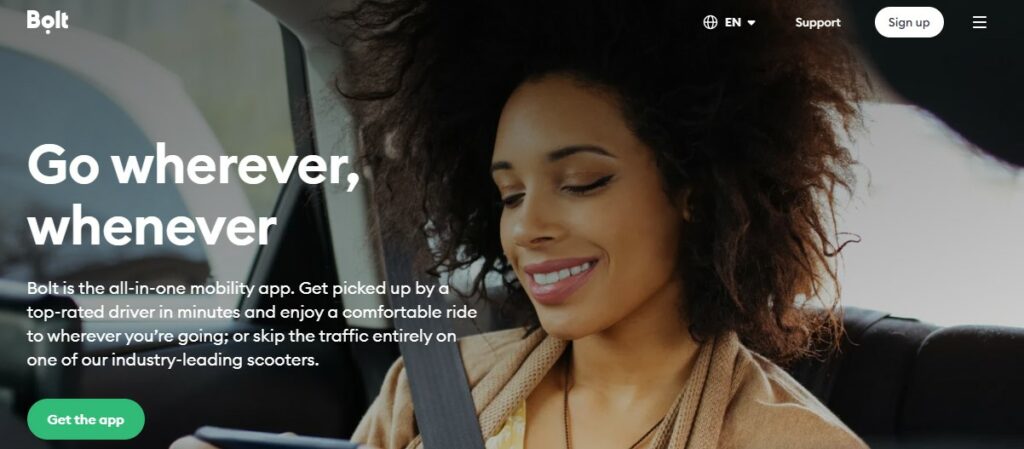
Bolt is noteworthy, not just for car rides and food delivery, but also for their scooter-sharing system.
It is especially useful for short distances in congested urban environments.
Pros:
- Pick up and drop off anywhere within the service area
- Bypass traffic congestion
Cons:
- Harder to ensure the availability of bikes/scooters
- Potential clutter on sidewalks
Traditional Taxi Services
When you’re considering your travel options around the city, don’t forget the reliability of traditional taxi services.
These work well for you if you appreciate predictable metered pricing, avoiding the dynamic ‘surge’ prices often found in ride-sharing apps.
Metered Fares: You pay by the distance, so there are no surprises.
Hail on the Go: Just flag one down—no app needed.
Booking Options: Phone, online, or app bookings available in many areas.
Cash or Card: Unlike some ride-share drivers, taxi drivers usually accept both payment methods.
You should also keep in mind that some taxi networks have modernized and now offer apps similar to ride-sharing services.
To aid in your planning, here’s a quick list of possible benefits and considerations regarding traditional taxi services:
| Benefits | Considerations |
|---|---|
| No surge pricing | Might be less available in rural areas |
| Instant availability | Can be more expensive than ride-sharing options during off-peak times |
| Variety of booking methods |
Key Takeaways
Diverse Options: You’re not limited to Uber.
Competitors like Lyft, GoJek, and Curb offer similar services.
They’re widely accepted and have their unique features that might suit your preferences.
Market Presence: These alternatives aren’t just niche players.
They attract millions of users and drivers globally.
Your choice extends to a broad market, ensuring you have service availability in various locations.
Restaurant Partnerships: For food delivery, beyond Uber Eats, options such as DoorDash and Grubhub are significant players.
Assess which platform aligns best with your restaurant’s needs.
Or, as a customer, find which one provides you with the best experience.
Helpful Resources: If you’re a restaurant owner considering partnership with these platforms, look for resources like tutorials, guides, and customer support.
These will make the integration process smoother.
Cost-Efficient Alternatives: Evaluate third-party delivery services against direct delivery options.
Depending on your needs, direct methods might offer more control and cost savings.
Keep Updated: If you’re into gaming, look out for changes and updates in related apps.
For example, Diablo 4’s crafting system and availability on Game Pass might be of interest to you.
| Platform | Use Case | Unique Feature |
|---|---|---|
| Lyft | Ride-sharing | Amp device |
| GoJek | Multiple services | Super app in Asia |
| Curb | Taxi app for licensed cabs | Connects to local taxis |
| DoorDash | Restaurant food delivery | DashPass subscription |
| Grubhub | Restaurant food delivery | Loyalty rewards |

